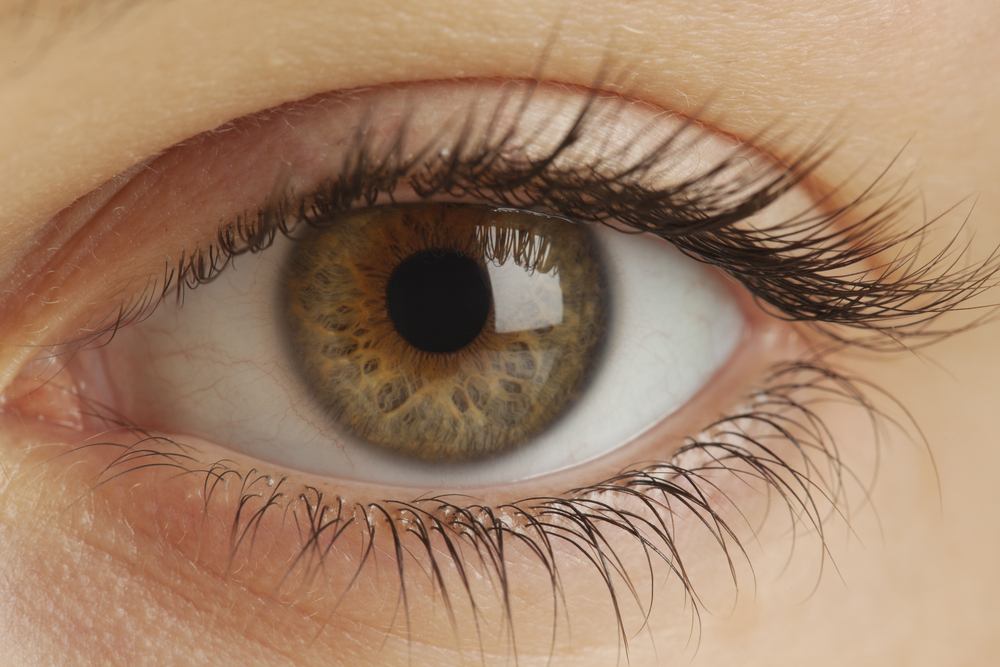Novel Tech Aids in Search for Hidden Tombs & Mysteries of the Eye

What do hidden Egyptian tombs and microscopic structures in the human eye have in common? Scientists have recently tried to solve mysteries about both of them using sophisticated imaging techniques.
Earlier this year, Egyptologists were abuzz at the possibility that radar scans had detected hidden chambers behind King Tut's tomb in the Valley of the Kings in Egypt. However, a second series of scans seemed to suggest that no chambers were present after all.
Meanwhile, a similar type of technology was used to probe a space closer to home — specifically, a tiny canal in the human eye, according to a new commentary, published June 23 in the journal JAMA Ophthalmology. [10 Technologies That Will Transform Your Life]
Researchers used the new devices to probe both the tombs and the eye canal, said Dr. L. Jay Katz, the director of glaucoma service at Wills Eye Hospital in Philadelphia and the author of the commentary. In both cases, the devices sent out signals and then observed how they bounced back, Katz said. Depending on the timing and pattern of those signals' return, scientists could deduce the shape of both an object and the cavities within it, be it a storm front, a long-lost tomb or the human body, he said.
In the study of the human eye, a precise technology called optical coherence tomography or OCT, has recently been used to map out very tiny areas that researchers previously couldn't see, Katz told Live Science.
Using OCT, scientists have been able to study a structure in the eye called Schlemm's canal, Katz said. The structure is so tiny that it isn't visible to the naked eye, he added.
Schlemm's canal is part of the eye's internal plumbing, Katz said. (Think of tear ducts as the eye's "outdoor" plumbing, he added.) It helps drain fluid from the inside of the eyeball to other areas around the eye, he said. The canal is essentially an outflow pipe, with fluid made in the eye flowing out through this passage, he said.
Sign up for the Live Science daily newsletter now
Get the world’s most fascinating discoveries delivered straight to your inbox.
This process helps regulate eye pressure, which is elevated in people who have glaucoma, Katz said. When pressure in the eye is too high, it can damage a person's optic nerve, leading to vision loss.
Previously, doctors were able to study Schlemm's canal only in the eyes of cadavers, Katz said. And although this did allow researchers to examine and identify the structure, they learned little about how it worked in a living person, he said.
The new technology can also help scientists study how certain drugs work in the eye, Katz said.
For example, doctors have known for over 100 years that a drug called pilocarpine reduces eye pressure in people with glaucoma, but physicians didn't know how the medicine worked, Katz said. In one recent study, however, researchers using OCT found that the drug may work by changing the structure of Schlemm's canal, he said.
In the study, researchers put one drop of pilocarpine in the eyes of people with and without glaucoma, and then did scans using OCT, Katz wrote in his commentary. The investigators observed that after the drug was administered, the area and volume of the canal increased, he wrote.
In the future, the technology could be used to see how other drugs work in the eye, and help scientists develop new drugs, Katz said.
OCT could also help doctors diagnose glaucoma in patients, Katz said. In addition, it may be possible to identify problems earlier and determine the best way to treat patients, he said. For example, OCT may help doctors determine how to treat individual patients, he said. Doctors may be able to decide whether patients should try to restore the function of the eye or focus on preventing things from getting worse, he said.
Originally published on Live Science.










